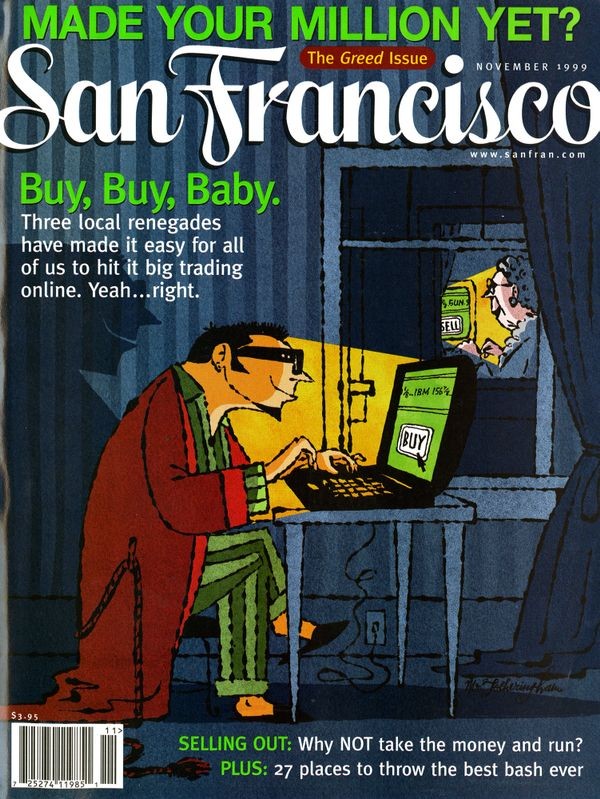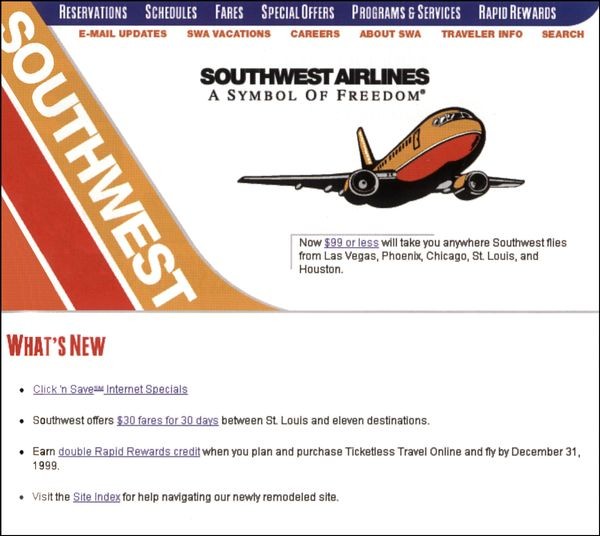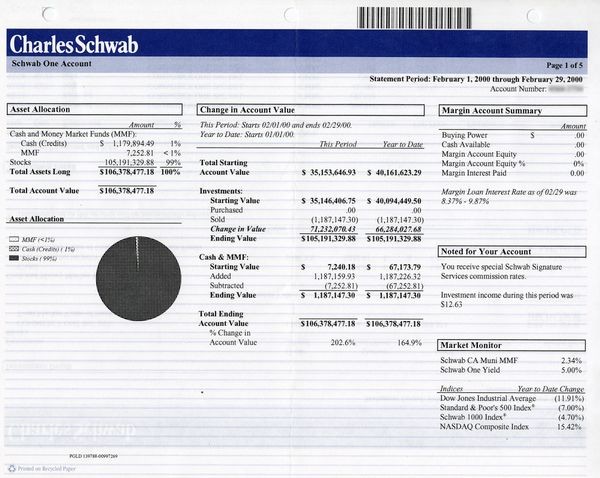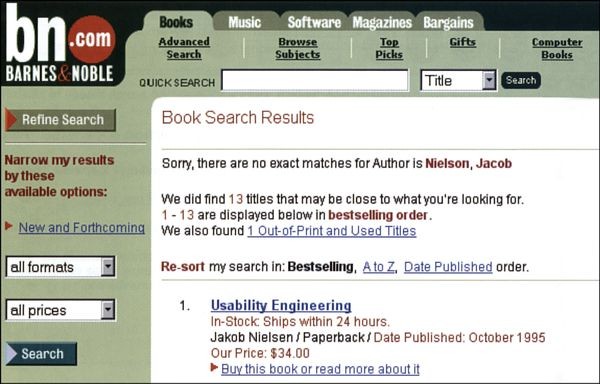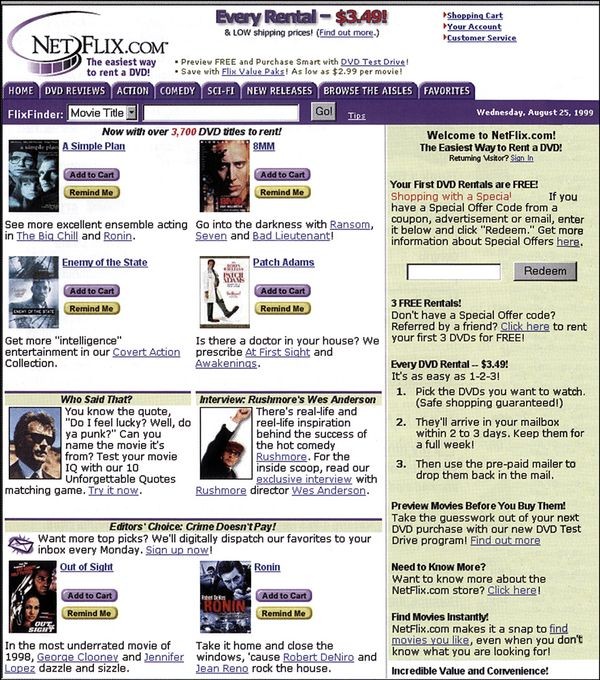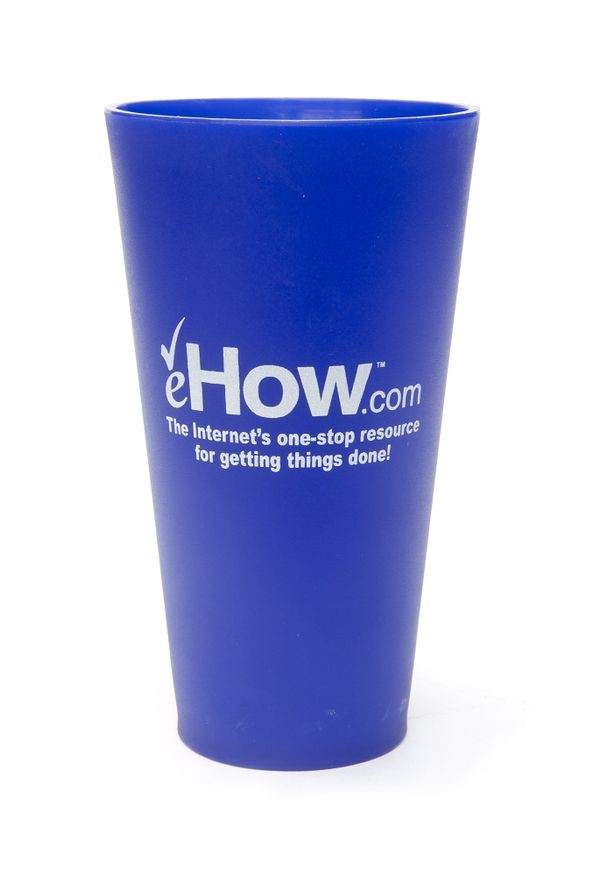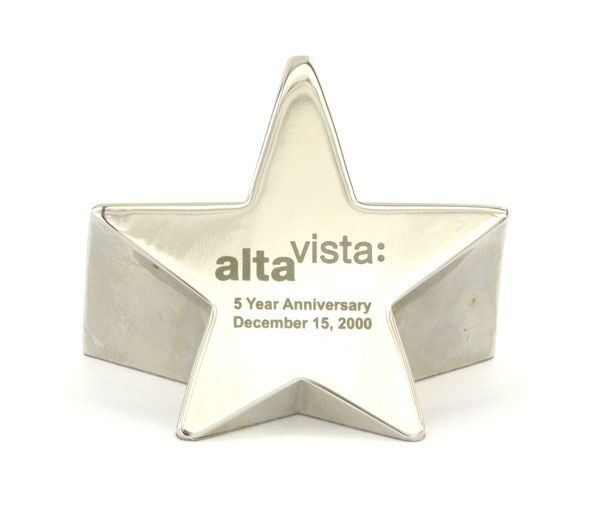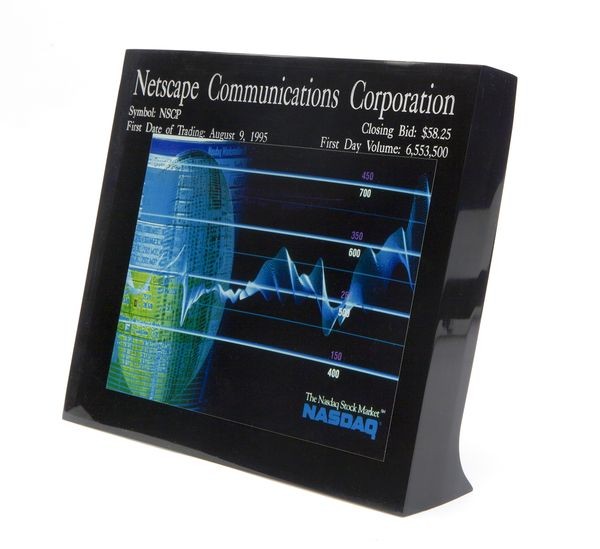The Dot Com Boom…and Bust
San Francisco Magazine, the Greed Issue
This issue poked fun at the Internet madness with its “Made Your Million Yet?” cover. But it wasn’t far from the attitude driving some of the players.
The Dot Com Boom…and Bust
As users flocked to the Web, the opportunities seemed boundless. Nearly every possible business transaction was implemented on the Web, and every community staked out a place online.
Initial skepticism gave way to experimentation, and then mounting excitement as people began to believe that the old laws of business didn’t apply to this new medium. Nobody wanted to be left behind, fueling a frenzy of business ventures—many built on shaky foundations.
In early 2000, business fundamentals reasserted themselves. In one year, technology stocks lost about 60% of their value.
Dot Com Boom and Bust
In the mid 1990s, the business landscape was radically altered by two magical syllables – “dot com”. A five-year boom of wild speculation ensued, followed by a devastating bust in which five trillion dollars of tech company market value evaporated. Three dot com players recall the ecstasy, the agony, and the lessons learned.
View Artifact DetailSouthwest.com
Southwest was one of the first airlines with a Website, in 1995. It established a large base of users, partly by not syndicating fares to other travel sites. In the 2000s most Southwest passengers booked online.
View Artifact DetailAccount statement, key early employee of firm with record IPO
Web design and e-commerce pioneer Kevin Hughes was briefly worth over $100 million when business-to-business e-commerce startup CommerceOne went public in 1999. They filed for bankruptcy five years later.
View Artifact DetailBn.com
By the 1970s, this 19th century printing firm had become a discount bookseller advertising on TV; by the 1980s they were selling through mail-order catalogs and online services. In 1997 they followed Amazon.com’s lead and launched a Web bookstore.
View Artifact Detailquote.com
One of the first financial information portals on the Web, quote.com has provided business news, company profiles, stock quotes and market data on instruments from bonds to futures since 1993.
View Artifact DetailNetflix
Netflix started in 1998 as an online video store, with per movie rental fees and late charges. The no-fees subscription model that would revolutionize home video came a year later. Netflix went public in 2002 despite the dot-com bust.
View Artifact DetailMarketing the Web
Aside from the gambling and adult sites, many Web companies had no clear business model. The marketing reflected that. Many focused on building name recognition and attracting users, in hopes of attracting additional funding.
Collection of "dot com" and networking ephemera
The industry that makes promotional items—mugs, pins, badges, commemorative “tombstones,” etc.—had its own boom during the dot-com peak. Marketing budgets were often substantially larger than revenue.
Ask Jeeves costume
Used for promotional events, this wearable costume portrays ultra-competent butler Jeeves from P.G. Wodehouse’s comic novels. Whimsical branding has been a hallmark of Web commerce—including names like “Yahoo!” and “Google.”
View Artifact Detail